前言
我們已經知道在 S2D (Storage Spaces Direct) 軟體定義儲存環境中,建議採用 RDMA (RoCE / iWARP / infiniband) 確保可以獲得 ultra-low latency, low-CPU, low-memory, high throughput SMB and workload performance好處 。因此,在這樣的運作架構中,由 SMB Direct機制搭配實體支援 RDMA技術的網路介面卡,在都可以在 S2D HCI 超融合運作架構中受惠:
- Storage Spaces Direct
- Storage Replica
- Hyper-V Live Migration
- Windows Server and Windows 10 Enterprise client SMB operations
S2D with Storage Replica 測試環境
在本文當中將討論在採用 Chelsio iWARP RDMA運作環境中,採用 Storage Replica 機制時可以獲得怎麼樣的運作效能。下列便是本文的測試環境:- OS: Windows Server 2016
- System Model: 2x Supermicro X10DRG-Q
- CPU: Intel(R) Xeon(R) CPU E5-2687W v4 @ 3.00GHz (2 sockets, 24 cores) per node
- RAM:128GB per node
- INTEL NVME SSD Model: SSDPECME016T4 (1.6TB) – 5x in source node
- Micron NVME SSD Model: MTFDHAX2T4MCF-1AN1ZABYY (2.4TB) – 5x in destination node
- RDMA NIC: 2x Chelsio T6225-CR 25Gb iWARP RNICs
- RDMA NIC: 2x Chelsio T62100-CR 100Gb iWARP RNICs
圖、Chelsio T6225-CR 25Gb iWARP RNICs
圖、Chelsio T62100-CR 100Gb iWARP RNICs
25 Gb - Storage Replica 效能測試
在本文測試環境中儲存空間為 2 TB Volume,透過 25Gb RDMA 網路並啟用 Storage Replica進行兩端主機之間的傳送。圖、兩端主機 Storage Replica 資訊
從下列圖中可以看到,即便網路衝到全速的情況下 (近乎 25Gb傳輸速度),仍不會影響主機的 CPU / Memory等運算資源。
圖、兩端主機 Storage Replica 複寫時 CPU使用率
圖、兩端主機 Storage Replica 複寫時 Memory使用率
圖、兩端主機 Storage Replica 複寫時 iWARP RDMA網路卡傳輸速率
因此,兩端主機之間透過 Storage Replica 機制同步 2 TB Volume 僅僅花費 12 分鐘便完成工作任務。
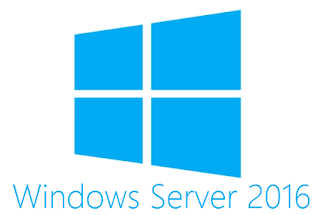
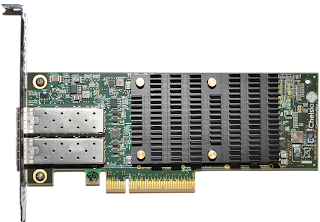
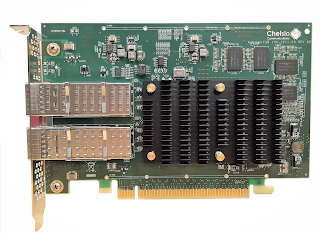


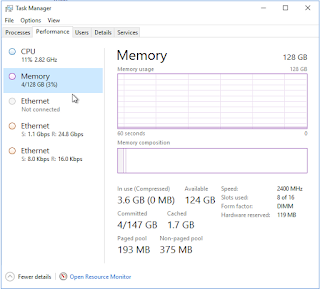

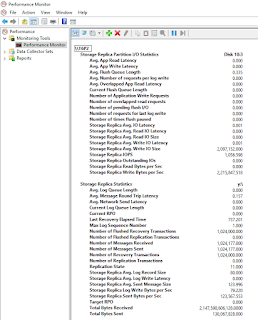
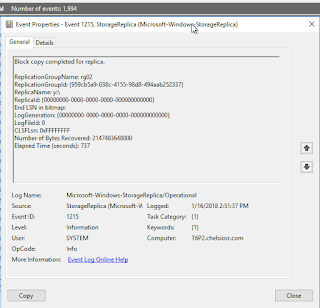

![[LoliHouse] Princess-Session Orchestra - 15 [WebRip 1080p HEVC-10bit...](http://s2.loli.net/2025/04/09/QO618K72ytGZmDJ.webp)












